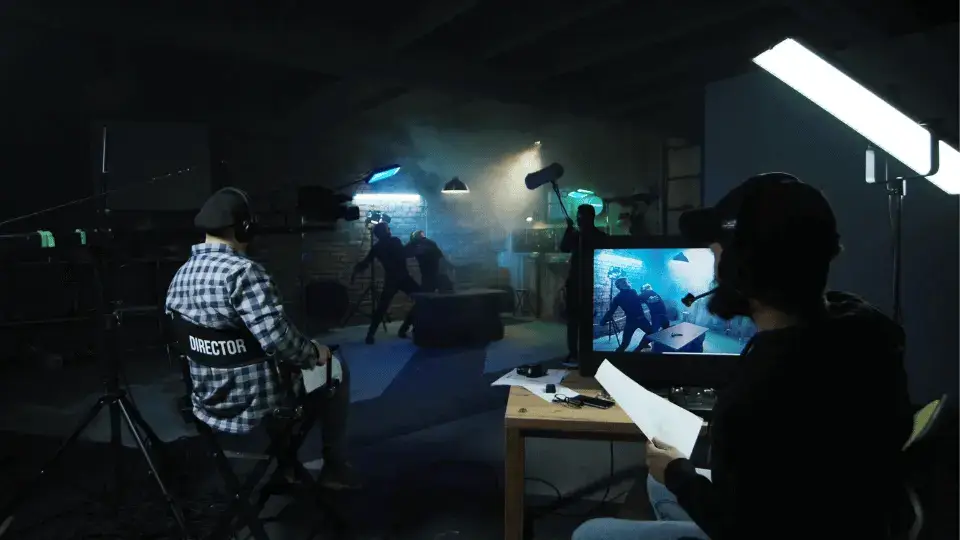The Importance of Location Scouting
One of the key factors that make Chinatown such a popular filming location is its unique architecture and layout. The narrow streets, tight alleyways, and colorful storefronts offer a wealth of visual opportunities for filmmakers. However, these same features can also present logistical challenges when it comes to camera placement and movement.
That’s why location scouting is so important. Before shooting begins, filmmakers need to visit the location and assess its suitability for their project. They need to consider factors such as the time of day, the weather, and the availability of permits. They also need to think about how they can use the location to tell their story visually.
For example, in “Chungking Express,” Wong Kar-wai used the cramped spaces and neon lights of Chungking Mansions to create a sense of claustrophobia and disorientation. Similarly, in “Chinatown,” Roman Polanski used the labyrinthine streets and alleys of Chinatown to create a sense of mystery and intrigue.
Lighting and Color Grading
Another key element of Chinatown cinematography is lighting and color grading. The vibrant colors and neon lights of Chinatown offer a wealth of visual opportunities for filmmakers, but they also require careful consideration when it comes to lighting and color grading.
For example, in “Chungking Express,” cinematographer Christopher Doyle used a mix of natural and artificial light to create a dreamlike atmosphere. He also used a distinctive color grading technique that emphasized the blues and greens of the film’s nighttime scenes.
Similarly, in “Chinatown,” cinematographer John A. Alonzo used warm, saturated colors to evoke a sense of nostalgia and a bygone era. He also used a distinctive lighting style that emphasized shadows and silhouettes.
Camera Movement and Framing
Finally, Chinatown cinematography is characterized by its distinctive camera movement and framing. The narrow streets and tight alleyways of Chinatown require filmmakers to think carefully about how they frame their shots and how they move the camera.
For example, in “Chungking Express,” Wong Kar-wai used a handheld camera to create a sense of intimacy and immediacy. He also used a mix of static and moving shots to create a dynamic visual style.
Similarly, in “Chinatown,” Roman Polanski used a mix of static and moving shots to create a sense of tension and suspense. He also used a distinctive framing technique that emphasized the characters’ isolation and vulnerability.
Key Takeaways
- Location scouting is essential for successful Chinatown cinematography. Filmmakers need to assess the location’s suitability for their project and think about how they can use it to tell their story visually.
- Lighting and color grading are crucial elements of Chinatown cinematography. Filmmakers need to consider the unique challenges posed by the neighborhood’s vibrant colors and neon lights.
- Camera movement and framing are key components of Chinatown cinematography. Filmmakers need to think carefully about how they frame their shots and how they move the camera to create a dynamic visual style.
If you’re interested in pursuing a career in film production, consider taking the NYU Film and TV Industry Essentials online course and certificate program. This comprehensive program covers all aspects of the film and television industry, from screenwriting and directing to production and post-production. By the end of the program, you’ll have the skills and knowledge you need to succeed in this exciting and competitive field.




